Het arrangement Shopping and fashion hv123 is gemaakt met Wikiwijs van Kennisnet. Wikiwijs is hét onderwijsplatform waar je leermiddelen zoekt, maakt en deelt.
- Auteur
- Laatst gewijzigd
- 27-12-2025 09:35:35
- Licentie
-
Dit lesmateriaal is gepubliceerd onder de Creative Commons Naamsvermelding-GelijkDelen 3.0 Nederland licentie. Dit houdt in dat je onder de voorwaarde van naamsvermelding en publicatie onder dezelfde licentie vrij bent om:
- het werk te delen - te kopiëren, te verspreiden en door te geven via elk medium of bestandsformaat
- het werk te bewerken - te remixen, te veranderen en afgeleide werken te maken
- voor alle doeleinden, inclusief commerciële doeleinden.
Meer informatie over de CC Naamsvermelding-GelijkDelen 3.0 Nederland licentie.
Aanvullende informatie over dit lesmateriaal
Van dit lesmateriaal is de volgende aanvullende informatie beschikbaar:
- Toelichting
- You are about to start the theme: Shopping and fashion. How are you going to practise? You are going to practise your writing, reading, listening and speaking skills. You will visit websites, play games, do exercises and listen to stories.
- Leerniveau
- VWO 2; HAVO 1; VWO 1; HAVO 2;
- Leerinhoud en doelen
- ; Schrijven; Engels; Luisteren; Spreken; Gesprekken voeren (Nederlands);
- Eindgebruiker
- leerling/student
- Moeilijkheidsgraad
- gemiddeld
- Studiebelasting
- 12 uur 0 minuten
- Trefwoorden
- leerlijn, rearrangeerbare
Gebruikte Wikiwijs Arrangementen
Leermateriaal, StudioVO. (z.d.).
Shopping and fashion hv123


 Je bent begonnen aan het thema Shopping and fashion. Het thema bestaat uit verschillende onderdelen. In ieder onderdeel vind je teksten, afbeeldingen en video's.
Je bent begonnen aan het thema Shopping and fashion. Het thema bestaat uit verschillende onderdelen. In ieder onderdeel vind je teksten, afbeeldingen en video's. 
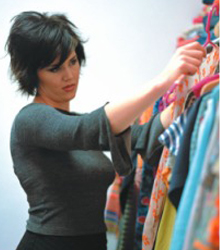

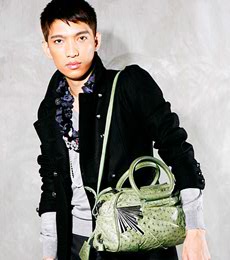
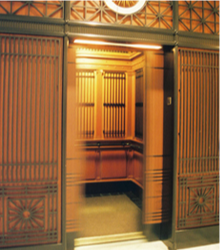
 Fashion put it all on me
Fashion put it all on me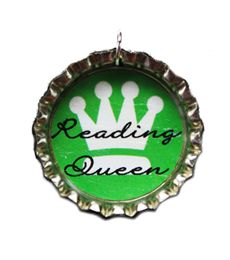
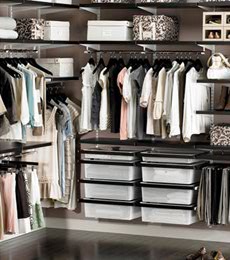 Shopping list
Shopping list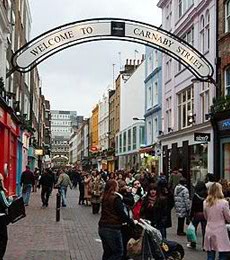

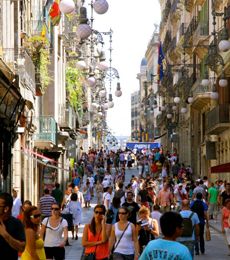
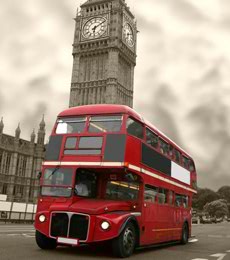

 Gabrielle "Coco" Chanel was born in France in 1883 and died in 1971. She was a pioneering fashion designer who revolutionized women’s fashion. She designed modern and simple clothes that were often based on menswear. She was so important that she was the only designer named in ‘Time’ magazine's list of the 100 most influential people of the 20th century.
Gabrielle "Coco" Chanel was born in France in 1883 and died in 1971. She was a pioneering fashion designer who revolutionized women’s fashion. She designed modern and simple clothes that were often based on menswear. She was so important that she was the only designer named in ‘Time’ magazine's list of the 100 most influential people of the 20th century.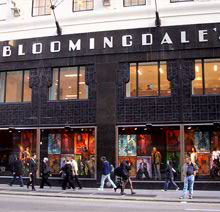
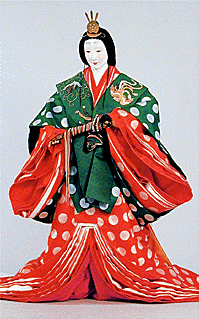

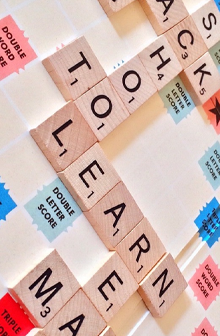 Words
Words
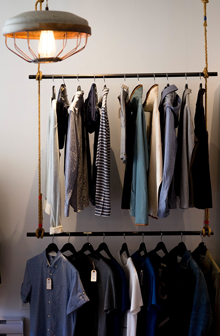


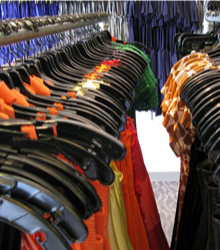 Speech card
Speech card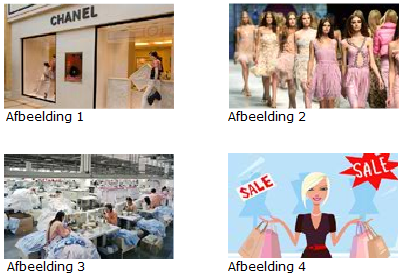
 Introduction
Introduction Email of complaint
Email of complaint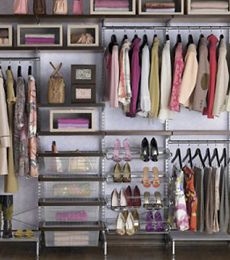
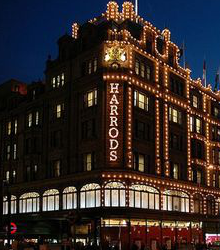

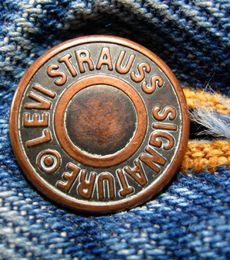



 Most people think that the majority of victims of crime in Central London are tourists. In fact, this is not the case. In official police crime profile reports of incidents in Oxford Street, of 3404 victims of pickpockets, only 128 were visitors to London.
Most people think that the majority of victims of crime in Central London are tourists. In fact, this is not the case. In official police crime profile reports of incidents in Oxford Street, of 3404 victims of pickpockets, only 128 were visitors to London.

